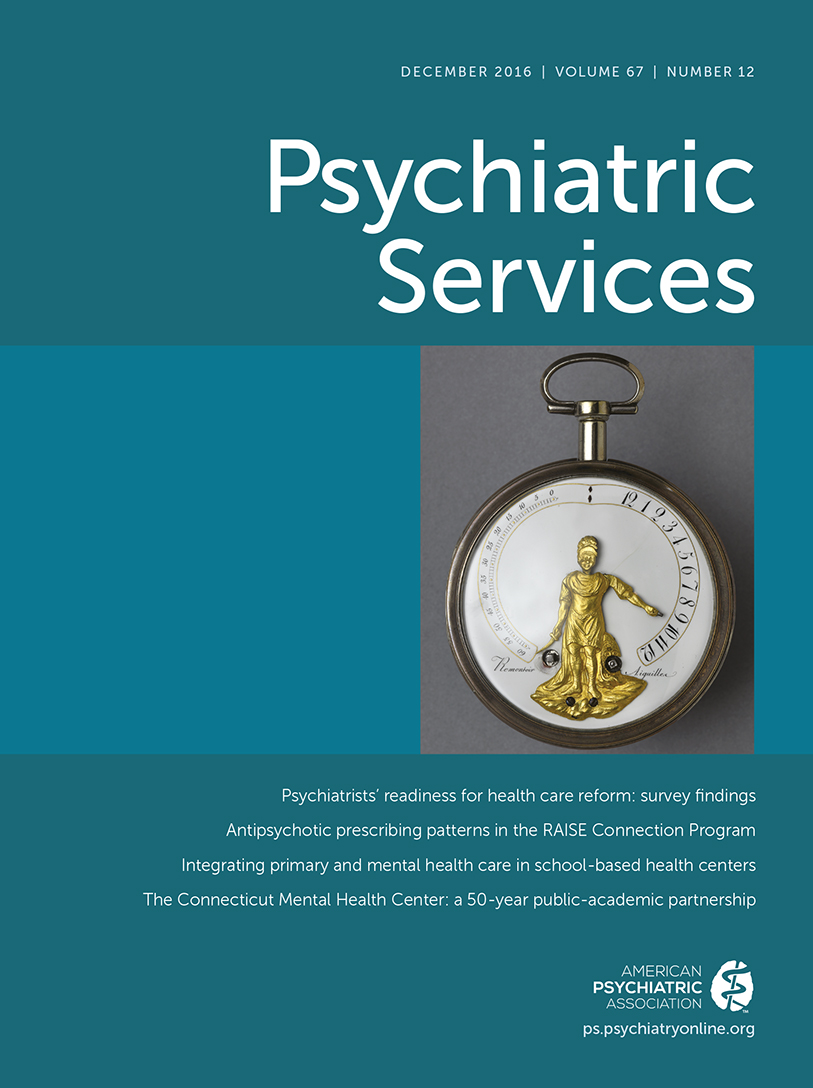Patterns of Antipsychotic Prescribing by Physicians to Young Children
Abstract
Objective:
Antipsychotic use among young children has grown rapidly despite a lack of approval by the U.S. Food and Drug Administration (FDA) for broad use in this age group. Characteristics of physicians who prescribed antipsychotics to young children were identified, and prescribing patterns involving young children and adults were compared.
Methods:
Physician-level prescribing data from IMS Health’s Xponent database were linked with American Medical Association Masterfile data and analyzed. The sample included all U.S. psychiatrists and a random sample of 5% of family medicine physicians who wrote at least ten antipsychotic prescriptions per year from 2008 to 2011 (N=31,713). Logistic and hierarchical binomial regression models were estimated to examine physician prescribing for children ages zero to nine, and the types and numbers of ingredients used for children versus adults ages 20 to 64 were compared.
Results:
Among antipsychotic prescribers, 42.2% had written at least one antipsychotic prescription for young children. Such prescribing was more likely among physicians age ≤39 versus ≥60 (odds ratio [OR]=1.70) and physicians in rural versus nonrural areas (OR=1.11) and was less likely among males (OR=.93) and graduates of a top-25 versus a lower-ranked U.S. medical school (OR=.87). Among physicians who prescribed antipsychotics to young children and adults, 75.0% of prescriptions for children and 35.7% of those for adults were for drugs with an FDA-approved indication for that age. Fewer antipsychotic agents were prescribed for young children (median=2) versus adults (median=7).
Conclusions:
Prescribing antipsychotics for young children was relatively common, but prescribing patterns differed between young children and adults.



